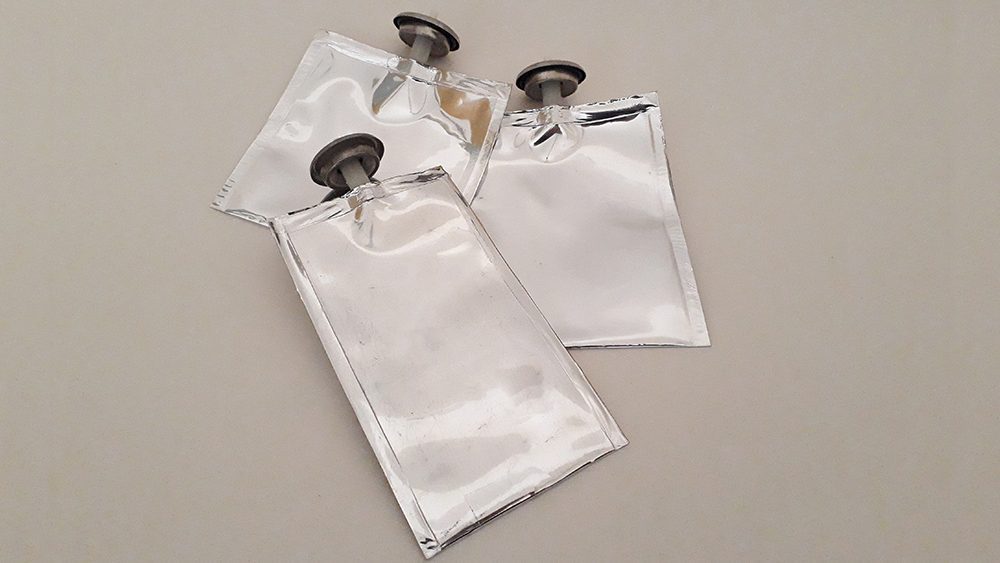In 1929, a Norwegian engineer named “Erik Rotheim” invented the first aerosol can. Rotheim’s design laid the foundation for all modern sprays. However, it did not receive much attention until 1942. At that time, World War II was raging in the Pacific region, and many soldiers were stationed on Pacific islands. One of the significant risks that threatened the soldiers’ lives was the presence of disease-carrying insects. As a result, the U.S. Army had to extensively use aerosol cans to deliver essential insecticides to the soldiers, thanks to this new packaging method.
This event demonstrated the capabilities and easy application of sprays to the public. In the years following the war, numerous factories were equipped to mass-produce aerosol cans. The use of these cans became so widespread that in 1997 alone, England produced 1.5 billion aerosol cans. Today, thousands of food, cosmetic, hygiene, paint, and chemical products are distributed in aerosol cans.
How Aerosol Works
Each aerosol can contains a primary product – color, fragrance, medicine, etc. – and a pressurized gas that is in a liquid state and reaches its boiling point by reducing pressure or slightly heating, returning to a gaseous state. This substance is called “propellant.” When we press the top button of the aerosol can, the narrow opening on the top of the can opens, allowing the pressurized gas (propellant) to travel through a plastic tube to a larger space.
However, its pressure in the tube path to the can’s opening also directs the primary product outward. In fact, the propellant brings the primary liquid in scattered form, and when the valve opens, it forcefully ejects the liquid under pressure. The propellant inside these cans is so dense that it mixes with the primary substance. However, there is always a layer of gas remaining on top of the gas-liquid mixture. That’s why it is always recommended to shake the aerosol can well before use to ensure thorough mixing of the liquid and gas. Additionally, the gas pressure inside
the can is so high that its proximity to flames or heat can lead to an explosion.














